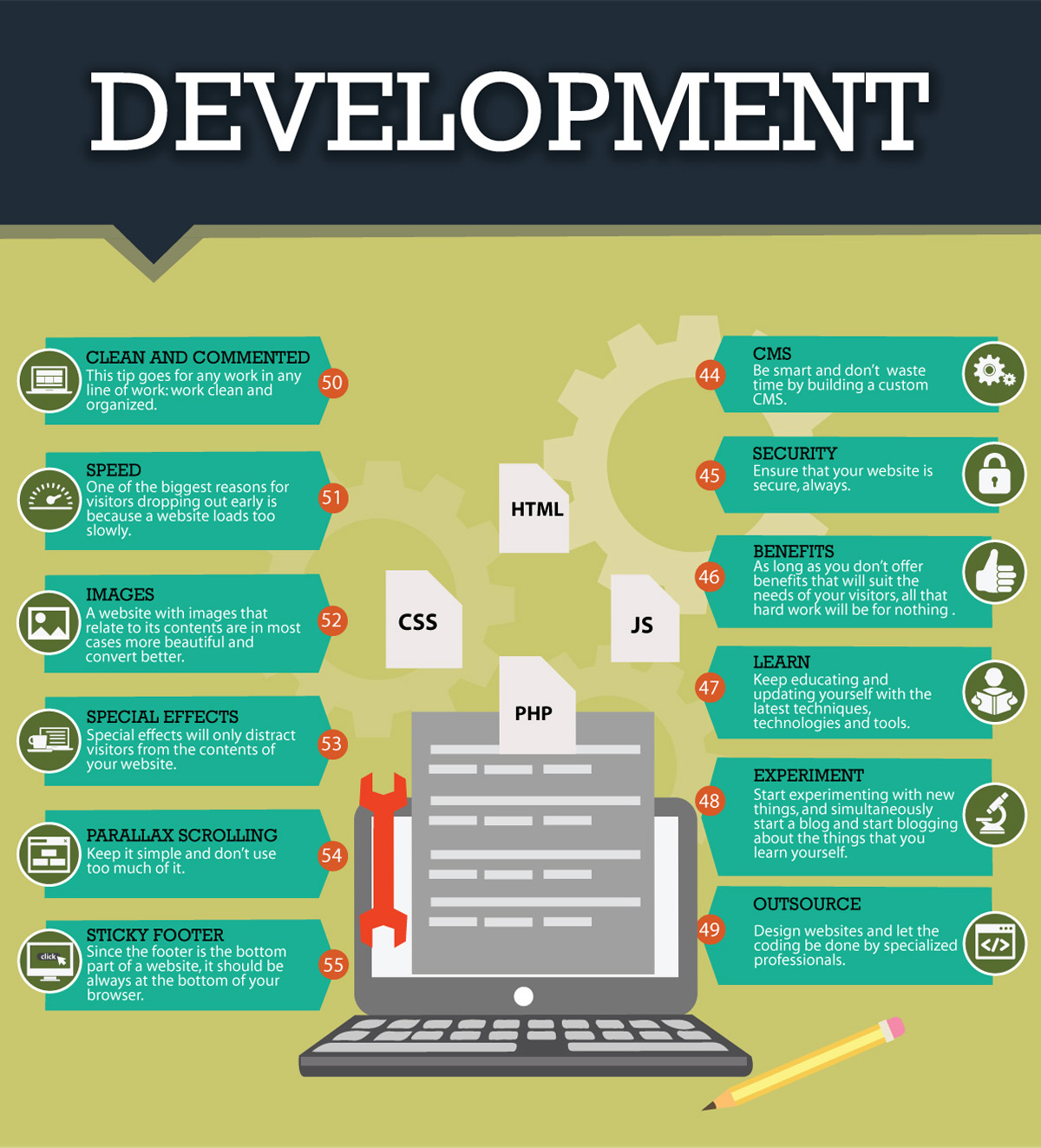Interested In Finding Out Just How Internet Site Layout Has Developed Throughout The Years? Explore The Trip From Uncomplicated Styles To User-Centered Methods
Interested In Finding Out Just How Internet Site Layout Has Developed Throughout The Years? Explore The Trip From Uncomplicated Styles To User-Centered Methods
Blog Article
Article Produced By-Bradshaw Clarke
In the past, web sites were straightforward and concentrated on info. Navigating was straight, and style was for desktops. Currently, individual experience is key. Information guides designs for easy navigation. Responsive designs match various gadgets. Today, dark mode minimizes strain, and minimalist menus enhance navigation. Interactive features engage customers, and strong visuals attract attention. AI integration improves interaction. See how design has actually developed to boost your on-line trip.
Very Early Days of Website Design
In the early days of website design, simpleness reigned supreme. Internet sites were basic, with minimal colors, typefaces, and layouts. The focus was on providing details instead of flashy visuals. Users accessed the net with sluggish dial-up connections, so speed and performance were key.
Navigating food selections were straightforward, usually located on top or side of the page. Websites were created for desktop, as mobile browsing wasn't yet prevalent. Material was king, and designers prioritized simple readability over complicated design elements.
HTML was the main coding language made use of, and designers had to work within its constraints. Animations and interactive attributes were minimal contrasted to today's requirements. Internet sites were static, with little vibrant web content or customized customer experiences.
Surge of User-Focused Design
With the evolution of site layout, a change towards user-focused design concepts has come to be significantly famous. Today, producing web sites that prioritize customer experience is crucial for involving visitors and achieving business goals. User-focused design entails comprehending the demands, preferences, and habits of your target audience to tailor the web site's layout, content, and includes as necessary.
Developers currently carry out extensive research, such as user surveys and functionality screening, to gather understandings and comments straight from customers. This data-driven method aids in creating instinctive navigation, clear calls-to-action, and aesthetically enticing interfaces that resonate with site visitors. By putting the customer at the facility of the layout procedure, internet sites can supply a much more personalized and delightful experience.
Receptive layout has actually likewise emerged as a key facet of user-focused design, guaranteeing that sites are optimized for numerous tools and display sizes. This flexibility enhances ease of access and functionality, accommodating the varied means users interact with sites today. Basically, the increase of user-focused design represents a shift towards producing digital experiences that focus on the demands and expectations of the end individual.
Modern Trends in Web Design
Explore the latest patterns shaping web design today. https://technode.global/prnasia/digital-nomads-hq-has-hit-an-all-time-high-in-growth-and-acquisition-of-new-business-partnerships/ is dark setting layout, supplying a smooth and contemporary look while reducing eye strain in low-light settings. An additional key fad is minimal navigation, streamlining food selections and improving individual experience by focusing on essential elements. Integrating micro-interactions, such as computer animated buttons or scrolling effects, can create a more appealing and interactive internet site. Responsive layout stays important, ensuring smooth individual experiences throughout different tools. In addition, making use of strong typography and asymmetrical designs can add aesthetic interest and draw attention to details material.
Integrating AI technology, like chatbots for consumer support or customized recommendations, boosts individual involvement and improves processes. Ease of access has likewise end up being a significant fad, with developers prioritizing inclusive design methods to cater to varied customer demands. Welcoming sustainability by optimizing internet site efficiency for rate and effectiveness is an additional arising trend in web design. Collaborating with customer comments and data analytics to iterate and enhance style continuously is vital for remaining appropriate in the ever-evolving electronic landscape. By embracing these contemporary patterns, you can develop an aesthetically attractive, user-friendly site that resonates with your audience.
Verdict
As you reflect on the advancement of web site style from the early days to currently, you can see how user-focused design has ended up being the driving force behind contemporary trends.
Accept the journey of adjustment and adaptation in website design, always keeping the user experience at the forefront.
Keep current with the current patterns and technologies, and never quit developing your strategy to produce aesthetically magnificent and easy to use web sites.
Evolve, adjust, and create - the future of website design remains in your hands.
